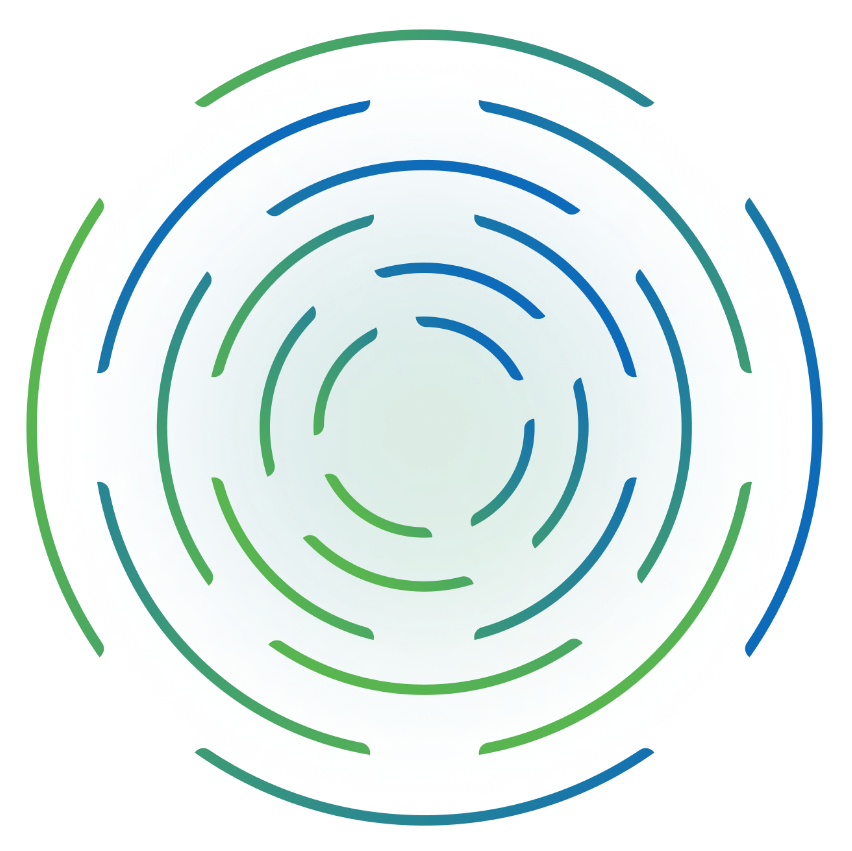When an outage in your IT environment potentially threatens business services, your ITOps teams must race against time before employee productivity and the customer experience are impacted. Unfortunately, with today’s highly distributed and complex hybrid cloud environments, determining root cause of IT issues can be incredibly time-consuming.
To perform IT root cause analysis, teams must sift through thousands of log lines to gather the details that will solve the puzzle. Reviewing logs is a critical step in resolving incidents, but this task can eat up a considerable amount of resources and time, tying up your most skilled operators. In fact, reviewing logs represents up to 70% of the time it takes to resolve an issue after initial detection. Any solution that helps you reduce—or even eliminate—manual log review will yield big dividends by protecting productivity, customer experiences, and business revenues.
That’s where ScienceLogic can help. As a leading platform for AIOps and observability, ScienceLogic offers solutions to automate IT root cause analysis. With tools that leverage machine learning (ML) and artificial intelligence (AI), ScienceLogic dramatically reduces the time needed to identify and remediate issues, freeing your ITOps teams to focus on delivering exceptional experiences for customers and employees.
The challenges of IT root cause analysis in hybrid environments
When trying to determine the root cause of service-impacting issues, IT teams face enormous challenges. IT environments today are incredibly complicated, often comprising multi-cloud environments, private cloud infrastructure, and on-premises technology.
To compound the complexity of IT root cause analysis, ITOps teams are often saddled with outdated operational processes and disparate monitoring tools that only allow visibility into specific technologies or domains. As a result, teams are unable to gain unified, consistent, contextualized visibility of interdependent hybrid cloud environments—making it virtually impossible to accelerate IT root cause analysis.
In these diverse, distributed, and dynamic environments, the volume of data and speed of operations are constantly expanding. This leaves human troubleshooters in the dust—when incidents occur, IT teams barely know where to start looking for answers. To protect the health of systems and the performance of business services, organizations need hybrid cloud observability solutions that automate all the steps involved in IT root cause analysis, making it possible to detect problems, pinpoint causes, and implement remediation without the need for human intervention.
IT root cause analysis with ScienceLogic
ScienceLogic is a leading IT infrastructure monitoring and AIOps platform that delivers visibility into application and infrastructure performance within a service context. With the ScienceLogic AI Platform, your ITOps teams no longer need to mine hundreds or thousands of logs to gather information for IT root cause analysis.
ScienceLogic enables organizations and their ITOps teams to:
- See everything across multi-cloud and distributed architectures. SL1, part of the ScienceLogic AI Platform, uses patented discovery techniques to find everything within your IT environment, providing visibility across all technologies, clouds, data centers, and vendors. SL1 collects and normalizes data from different sources and infuses it into an operational data lake, making it easier to query the data, generate reports, and configure unified dashboards.
- Contextualize data to gain actionable service insights. SL1 lets you visualize the health, availability, and risk of your business services and align your unique hybrid cloud infrastructure to your organization’s specific business objectives. Using a rich set of analytical techniques, SL1 detects anomalous behavior and services and correlates them with common events, cutting through the noise to quickly establish the root cause of an issue.
- Automate IT workflows. With clear insights developed through automated IT root cause analysis, SL1 empowers your ITOps teams to automate multi-directional workflows for both proactive and responsive actions. With SL1, you can automate a wide range of ITSM workflows such as ticketing and routing, and automatically troubleshoot and remediate service incidents.
Skylar Automated RCA
ScienceLogic Skylar Automated RCA enhances SL1’s capabilities for operational telemetry and IT root cause analysis by doing the heavy lifting when it comes to time-consuming searches through log files. Skylar Automated RCA automatically ingests and runs machine learning-based log analysis across millions or billions of messages from log files from your applications and infrastructure.
With Skylar Automated RCA, you can:
- Pinpoint root cause up to 10x faster through automation. Skylar Automated RCA processes enormous volumes of log messages in real time, leveraging machine learning to accelerate IT root cause analysis. With Skylar Automated RCA, your ITOps teams can dramatically reduce time to understanding what is broken and knowing where to begin troubleshooting and repair.
- Identify issues – even when you don’t know where to look. The complexity of modern applications and IT environments makes it hard for ITOps teams to even know what to monitor to catch new problems before they impact business services. Skylar Automated RCA automatically uncovers unusual or novel issues, identifies associated root causes, and correlates unusual behavior with recent changes in performance metrics to clarify potential business or service impact. With Skylar Automated RCA, you can address the unknown unknowns before they cause incidents.
- Get IT root cause analysis in language you can understand quickly. Because logs often have their own vocabulary and syntax, manually reviewing logs can feel like you’re moving from one foreign language to another. Skylar Automated RCA distills billions of log lines down to the few most salient points, presenting them both in plain language summaries and in a visual word cloud that describes the root cause.
Why customers love ScienceLogic
ScienceLogic empowers intelligent, automated IT operations that drive business outcomes with actionable insights while freeing up resources and time for ITOps teams. Our platform combines AIOps, full stack observability, and network automation tools to manage IT environments at scale, at speed, and in real time.
Our AIOps and observability/monitoring solutions see everything within your digital footprint wherever it resides, improving visibility and enabling greater availability of business services across your organization. Through investment in innovative technologies, we can process trillions of data points and transform them into actionable insights for your ITOps team.
Trusted by thousands of organizations around the world, our technology has been tested against the rigorous requirements of the United States Department of Defense, optimized for the needs of large enterprises, and proven for scale by the world’s largest service providers.
IT Root Cause Analysis FAQs
What is IT root cause analysis?
IT root cause analysis is a systematic process that seeks to identify the fundamental reasons why an IT technology or process isn’t working. The process involves gathering and analyzing data to determine the cause of a problem, rather than just addressing the immediate symptoms. The goal of IT root cause analysis is to implement effective solutions that prevent the issue from recurring, thereby improving the overall stability, performance, and reliability of IT systems.
What is automated IT root cause analysis?
Tools for automated IT root cause analysis identify the underlying causes of IT problems by using advanced algorithms, artificial intelligence, and machine learning—with no human intervention. Automated solutions continuously collect and analyze data from logs, metrics, traces, and other sources, searching for patterns and anomalies that can reveal the root cause of issues. Automated IT root cause analysis can typically pinpoint causes far more quickly and accurately than human troubleshooters, enabling faster resolution to reduce downtime.








